Don’t Blow the Budget on Yom Tov Meals
Yom tov meals are a joyous, exciting time. A time to be with family, to disconnect from reality, and to reconnect to our past. Yom tov meals can also be a source of worry and frustration. The cost of making yom tov- meal after meal, is really concerning for a lot of families. Disclosure: this post may contain affiliate links.
One of my hardest problems making yom tov for the past few years has been coupling my tight finances with my delight in hosting. (I know- it should be my biggest problem!) If you really cannot afford it, you shouldn’t be hosting. If you are hosting (out of necessity), or you can barely afford yom tov as it is, or you simply want to be frugal (kudos!), keep reading for ways to stretch your meals this yom tov.
8 Ways to Keep your Yom Tov Meal Budget in Check:
1. Inexpensive meat
When we are really having difficulty making ends meet, my husband asks me to only make chicken l’kavod yom tov. This is difficult for me, partly because I grew up always having meat exclusively and especially on yom tov (aside from meat in cholent year round).
If you still want to honor yom tov with meat, pick cheaper cuts (ask your butcher which ones) that are easy to cook. I am always terrified of buying a fancy, expensive cut of meat and then messing it up when I cook, especially since I cook meat so rarely.
To make your meat go even further, serve it on a platter already sliced. Few guests, if any, will notice, and people take less when it is already cut into portions. You can also try making beef and veggie kebabs. This will add bulk to your dish, while incorporating meat, but you will use much less to complete the dish.
2. Ground meat
This tip is sort of a continuation of the previous one. Ground meat is so versatile and can take you very far for a yom tov meal. On Rosh Hashanah, I like to make elegant mini meatballs with some pomegranate seeds and fresh juice added to my regular sauce recipe. On Pesach, meatballs (with potato starch instead of breadcrumbs) over mashed potatoes is a great comfort food.
Try mixing ground beef and ground chicken together for an even cheaper option. Bulk up your meat balls with some shredded veggies (try zucchini or carrot) for even more stretching (and a dose of healthy).
3. Stretch the fish course
I tend to cook very traditionally, so my go to fish for yom tov and Shabbos is usually good ol’ gefilte fish. If you want to fancy it up a bit for yom tov, but still not blow your budget, try a new twist. Cubing your salmon will make it go pretty far. I like serving one or two small salmon cubes and serving it with a mini skewer over some pasta salad. Pasta salad is a great addition to your meal that will fill everyone and also go easy on your wallet.
4. Make it a potluck
Hosting? When your guests offer to bring something, don’t say “nothing, please just bring yourselves!” When I am a guest and offer something, I genuinely want to help you out. If you say no, I will probably bring something store-bought, like a candy dish (that no one needs) or a bottle of wine.
So, ask your guests to chip in- a salad, dessert or a side dish are all good options that will save you time and money, and won’t be asking for a lot from your guests.
5. Shop carefully
I don’t know about you, but I am terrible at clipping coupons. However, even without couponing, there are a couple of ways you can spend carefully to save money.
- First of all, it’s always helpful to shop in advance. If you have the freezer space, stock up on raw chicken, gefilte fish family packs, frozen veggies, or puff pastry dough when it’s on sale. When you are shopping in a rush, (or when hungry) with hundreds of other shoppers, the day before yom tov, you are bound to overspend and buy things you didn’t even need in the first place.
- Second, make a list and stick to it! Before I do a major shopping, or even my weekly Shabbos grocery run, I will sit down with the recipes I plan on using and make sure to write everything down. I then check the freezer and pantry to make sure I don’t already have the items I need.
- Third, don’t shop for produce in your local supermarket. It is usually overpriced and not very fresh. Rather, shop in a produce market, as close to yom tov as possible. Your wallet will thank you, and your fruits and veggies will last through most of yom tov instead of wilting by the end of first days.
6. Challenge yourself
Something I’ve been working on recently is challenging myself to use up as much food as possible from the pantry, fridge and freezer before shopping for something new. This is difficult because I don’t cook according to a weekly schedule- I cook what I’m in the mood of eating. (Thank goodness my family is usually okay with that!)
Before you make your menu for your yom tov meals, go over the food you already have with a fine tooth comb. Anything that can be incorporated into a yom tov or chol hamoed meal should be included on that menu. This will save you so much!
Just last week, I attempted this before Shabbos. I ended up with two side dishes, a dessert and my chicken stock (found in the back of the freezer) all taken care of- without spending a dime!
7. Leftovers
A great way to make your yom tov meals stretch is to re-purpose leftovers from one meal into the next day’s meal. For example- shred the chicken from your chicken soup and add it to a chol hamoed chicken stir fry. Once it’s coated in sauce, the kids won’t realize where it came from!
8. Reheat carefully
A big mistake people make is not reheating food properly, leading to a lot of waste. Food that is reheated multiple times either ends up getting dry and rubbery, or spoils and goes straight into the garbage.
To avoid this, when reheating the same food for separate meals, only warm up what you actually need. I keep a big pot of chicken soup in the fridge, but reheat it in a separate, smaller pot for each night that I serve the soup. The same goes for main dishes and sides. Your food will last longer and taste fresher.

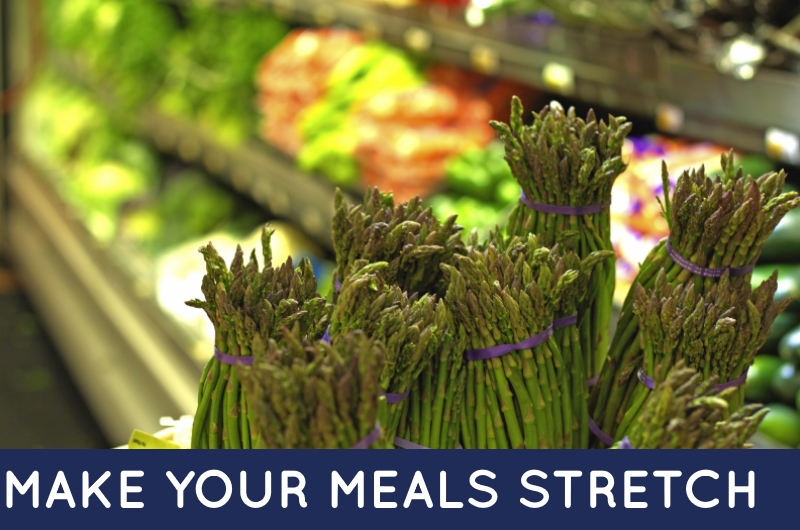

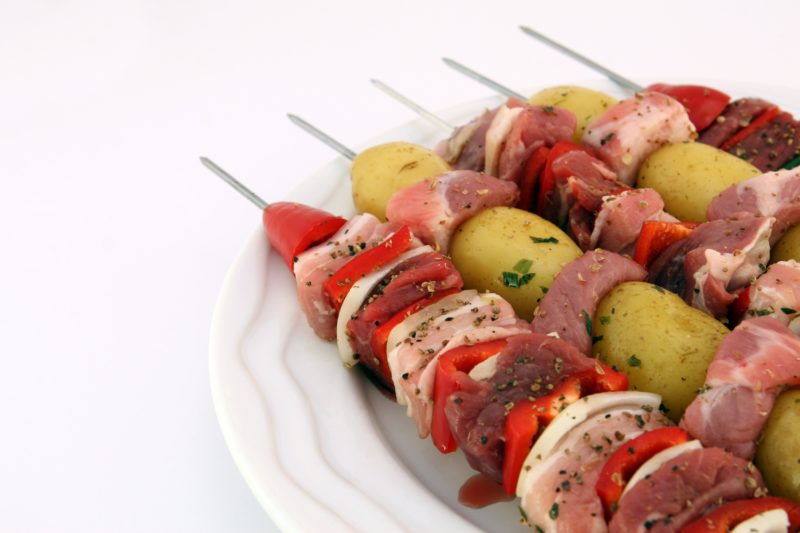
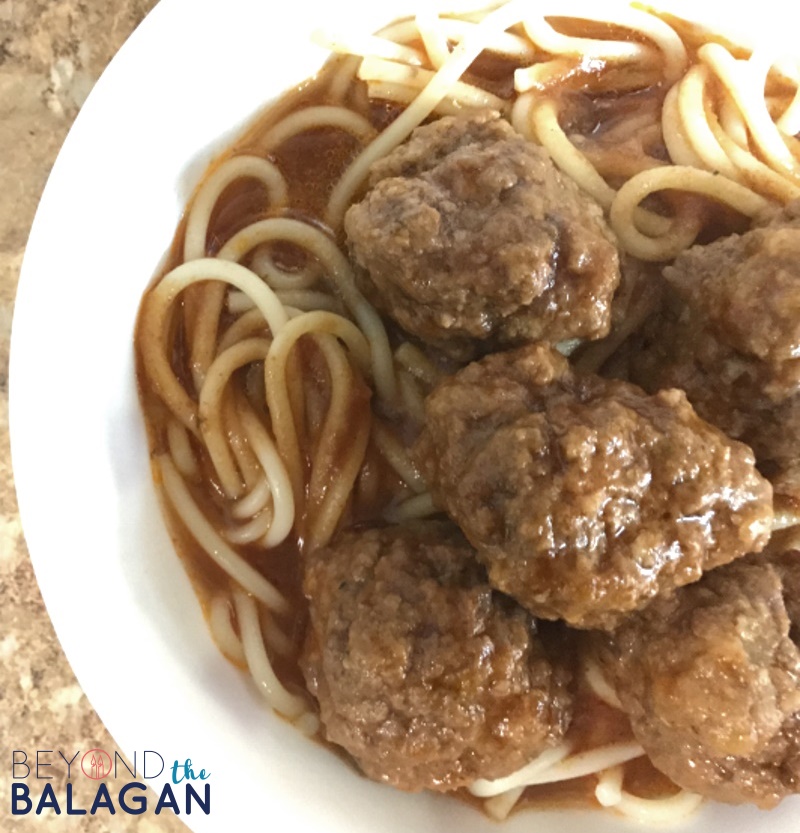
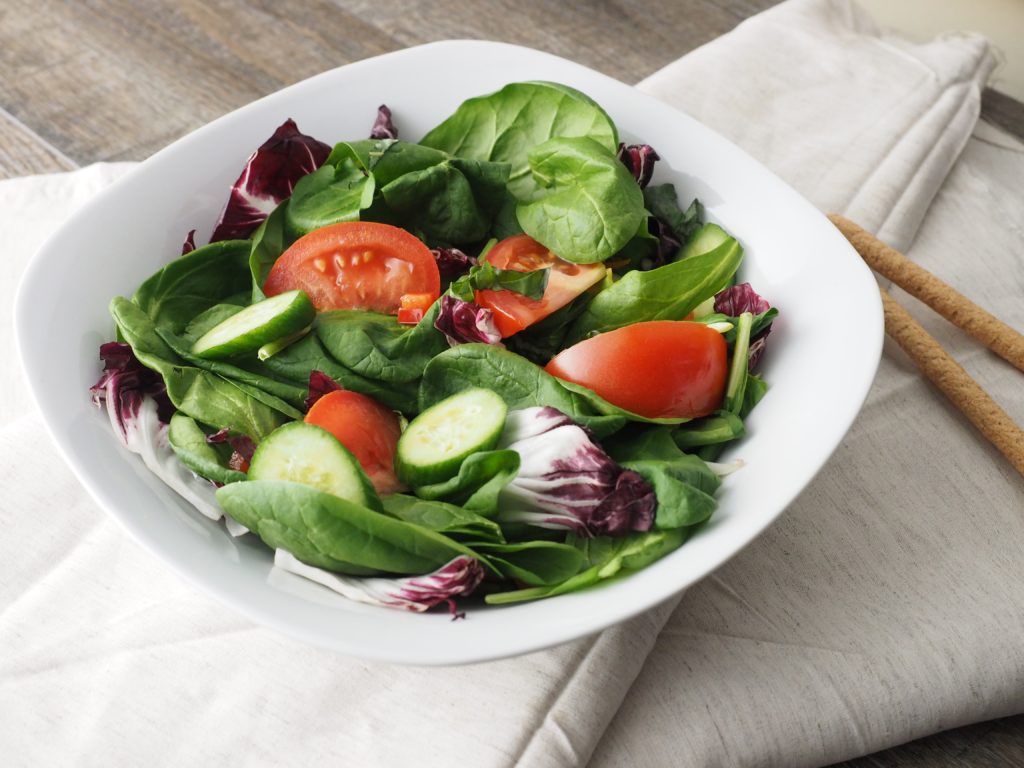
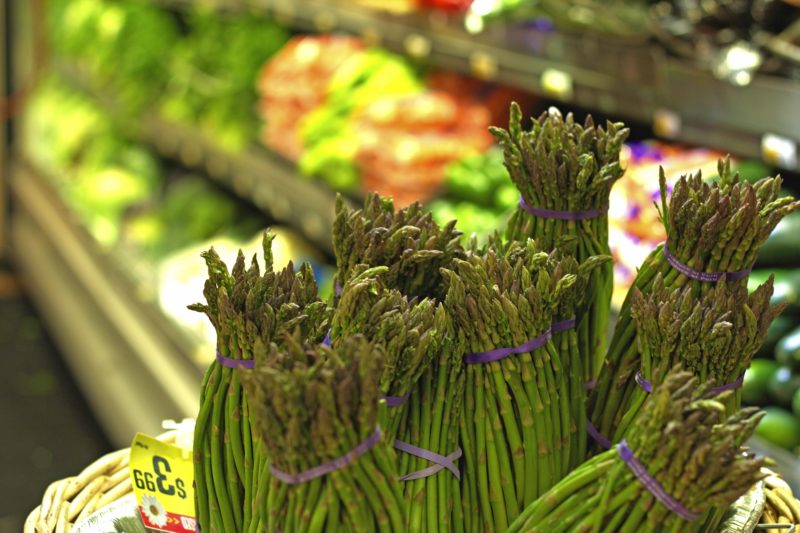
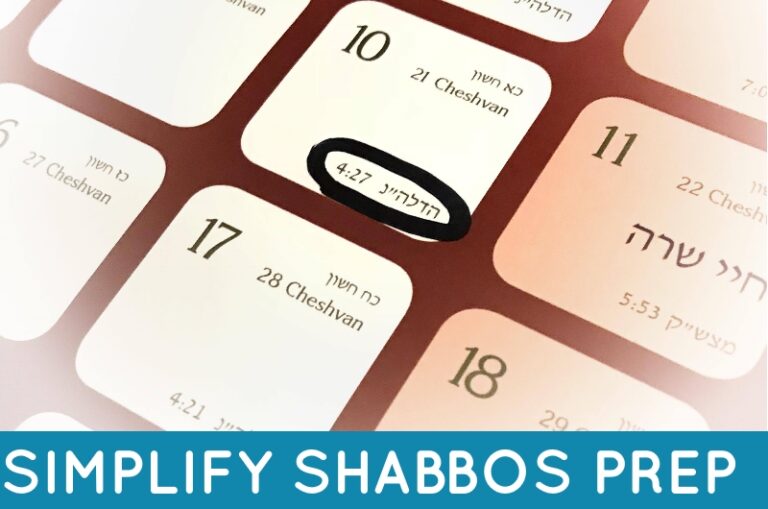




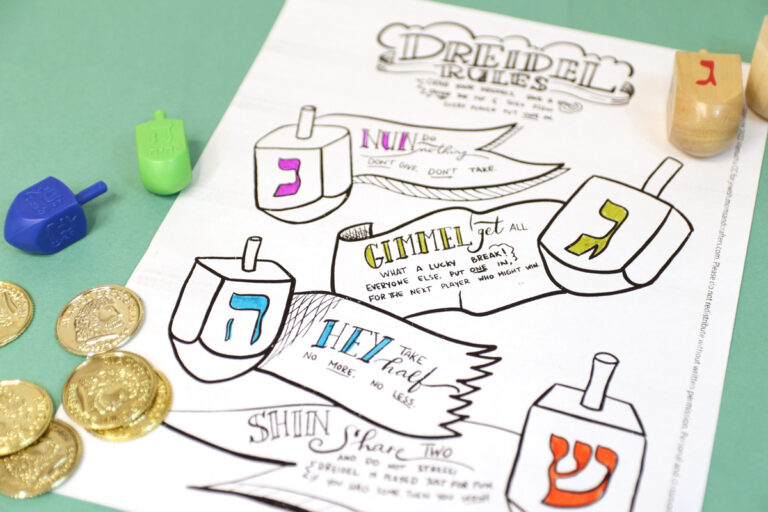
Thanks very much for an informative post.
Hatzlacha Rabba!